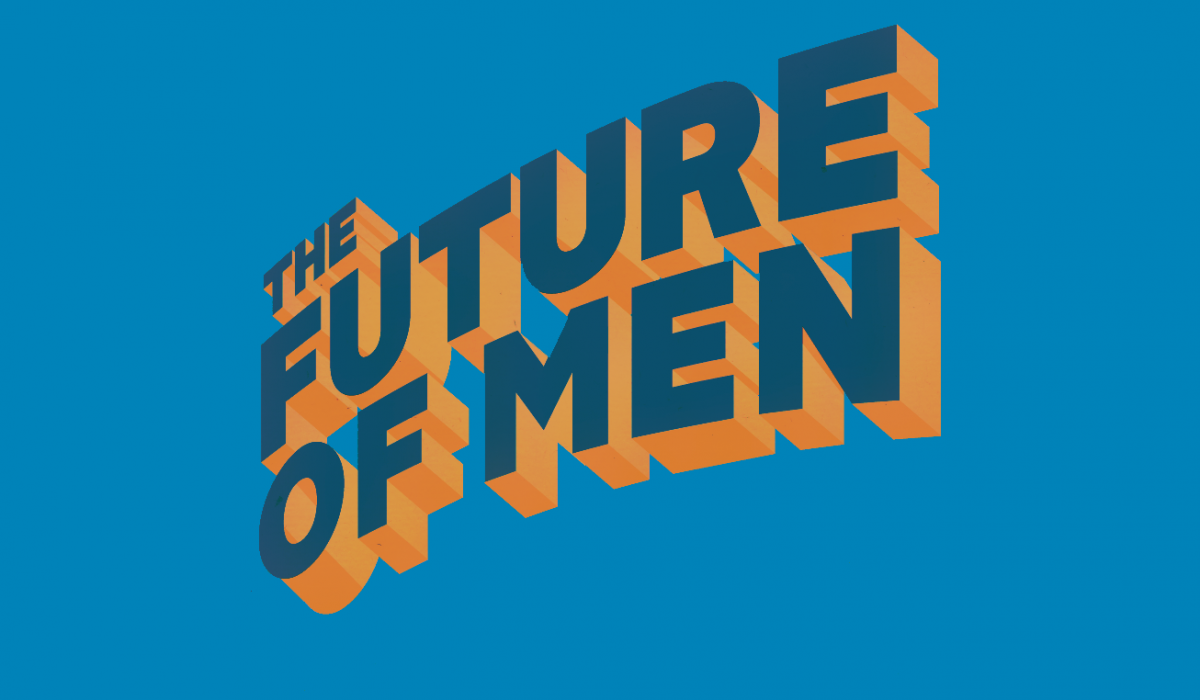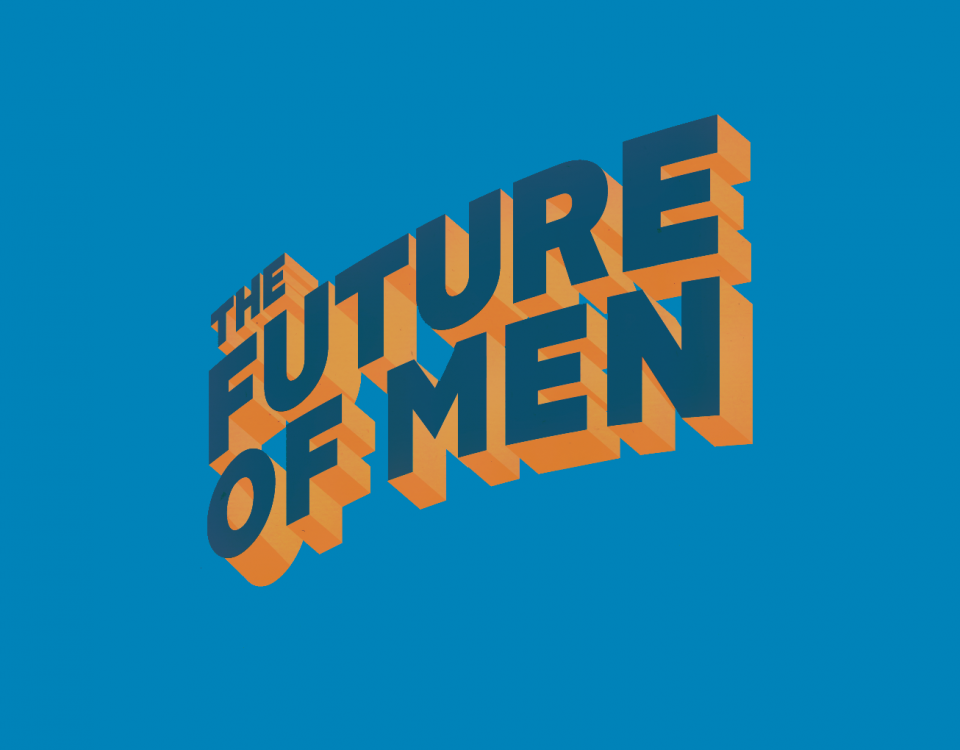Men are Now the Undereducated Gender
 The one area where women can claim unparalleled gains is education. Women have composed the majority of college students since the 1970s. Decades of outnumbering men in the classroom made women smarter and more adaptable than their male counterparts. Unfortunately, not all women see this as a win for feminism, instead doubting that this trend will make men take them seriously in the workplace. Some women also worry that years from now, ill-educated boys will become stupid men who make the same mistakes as previous generations.
The one area where women can claim unparalleled gains is education. Women have composed the majority of college students since the 1970s. Decades of outnumbering men in the classroom made women smarter and more adaptable than their male counterparts. Unfortunately, not all women see this as a win for feminism, instead doubting that this trend will make men take them seriously in the workplace. Some women also worry that years from now, ill-educated boys will become stupid men who make the same mistakes as previous generations.
In 2012, the National Center for Education Statistics noted that women made up nearly 57% of fall enrollment in degree-granting postsecondary institutions. This statistic holds through graduation, as well: in the 2010-2011 school year, women obtained 57% of all bachelor degrees awarded. In 2017, this percentage is surpassing 60%.
Women’s established dominion of college enrollment raises some alarm bells for education experts and parents alike. Educational psychologist Lori Day wrote in the Huffington Post that the state of boys’ education in the U.S. has reached crisis levels. Boys create 90% of schools’ discipline problems, are three-times as likely to be medicated for Attention Deficit Hyperactivity Disorder (ADHD), and represent 80% of all high-school dropouts. Day notes that the educational environment is set up to reward stereotypically feminine behaviors and to punish boys for not demonstrating the same attitudes. As a result, she argues that it is no surprise that young men are languishing in college. After all, the schools demand sensibility and focus, and boys are not rising to the challenge.
In a column entitled “Why Males Don’t Go to College,” gender issues expert Glenn Sacks writes, “As the percentage of males on our college campuses continues to decline, many of the observers are finally beginning to ask questions. Much of the discussion has focused on the fact that boys at all levels K-12 have fallen seriously behind their female counterparts and how our schools are not meeting boys’ needs. This discussion of male’s educational problems – particularly the problems of low-income and minority males – is long overdue, and boys’ sagging educational performance is the main reasons for the increasing disappearance of male students from our college campuses.”
In 2003, in response to the growing problem of men becoming an undereducated gender, Michael Gurian of The Washington Post wrote, “Where men once dominated, they now make up no more than 43% of students at American institutions of higher learning and this downward trend shows every sign of continuing unabated. If we do not reverse it soon, we will gradually diminish the male identity, and thus the productivity and the mission of the next generation of young men and all the ones to follow.”
Ten years later, the Post’s forecast has come true.




